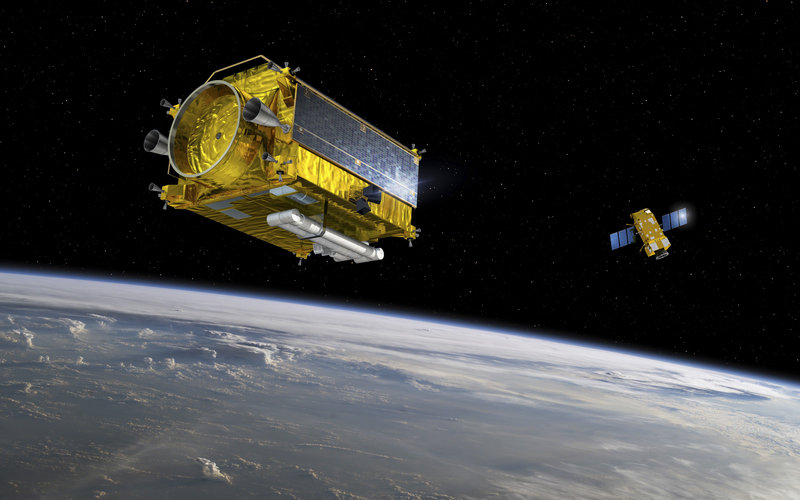Life Cycle Assessment training at ESA
In recent years the impact that our actions can have on the wider environment have become clear – and this includes space missions. Since 2011 ESA's Clean Space Office has been developing methods of assessing these impacts for space projects and is now ready to start training ESA employees in their use.
One leading method is ‘Life Cycle Assessment’ (LCA), already a standardised tool in terrestrial industry, to assess the environmental impact of a project across all its stages of existence from ‘cradle to grave’.
Clean Space has performed life cycle assessments on a variety of space activities, including the atmospheric impact of launchers, the use of specific materials and processes, and the impact of space propellants on the environment. These studies have shown that LCA principles are fully applicable to the space sector.

Clean Space is dealing with ‘Eco-design’, looking at ways of developing and implementing technology solutions to minimise waste, energy consumption and the use of hazardous materials for space projects.
It is important that each space project monitors and minimises its impact on the environment from design to end-of-life and disposal. The new training course was initiated to get ESA employees actively involved, and familiar with this way of thinking.
This course will be given to a group of participants who can then go on to implement the new strategies in each of their departments and so begin to create a tree of innovative, eco-friendly thinking.
The participants of this internal training course will be given the opportunity to familiarise themselves with LCA and eco-design concepts and how these methodologies can be implemented in the space sector.
It is the aim of the Clean Space Office to come to the point where LCA and eco-design have become standard elements of mission design ensuring a proactive approach to ever-more stringent environmental regulations and giving the European space sector a competitive edge.








